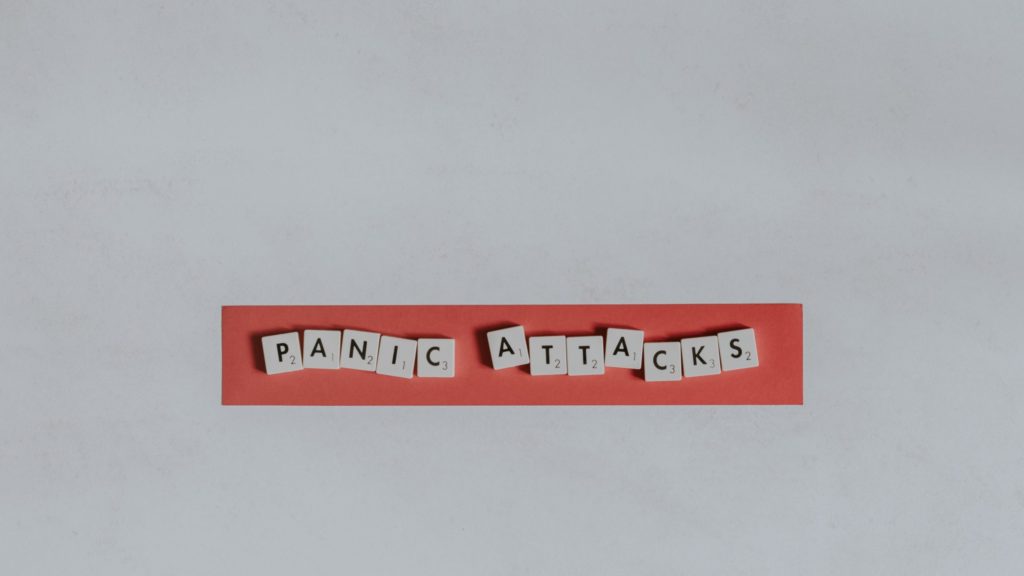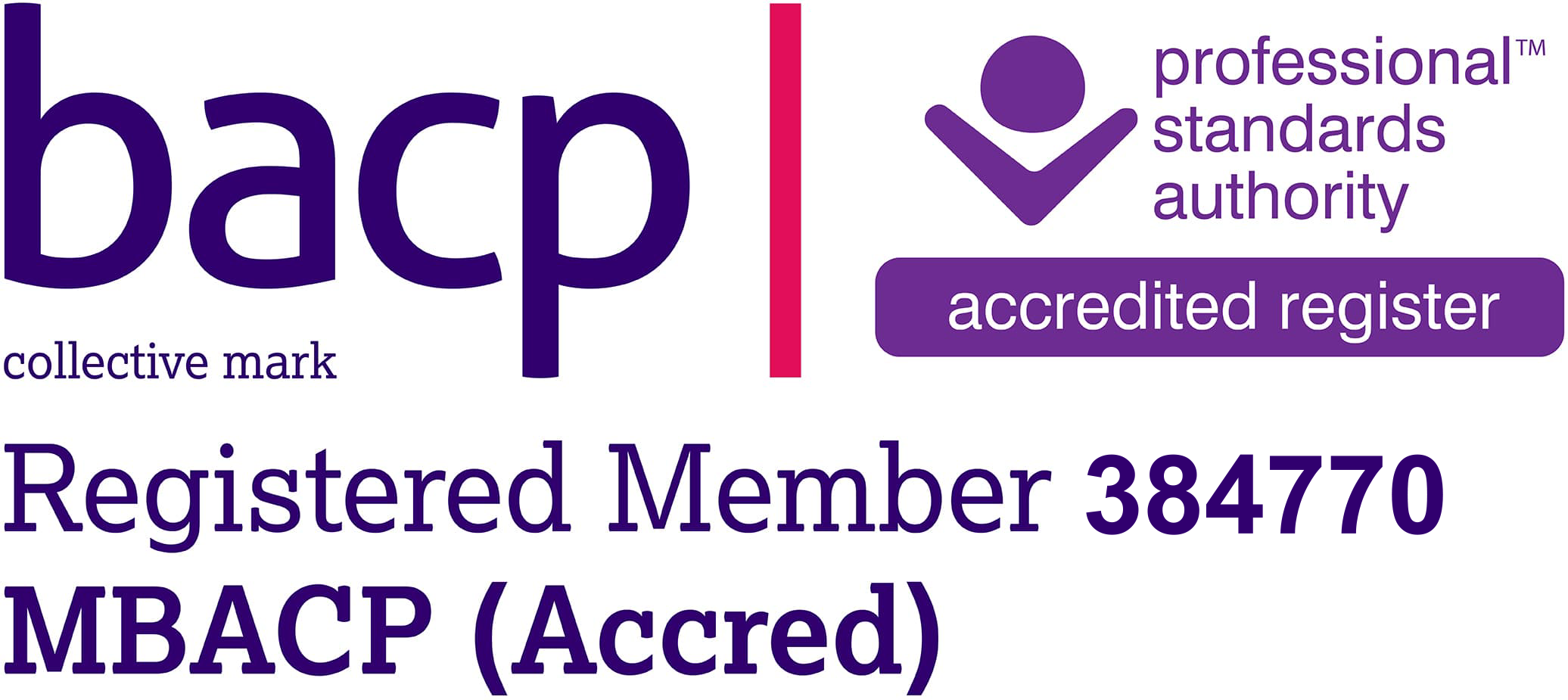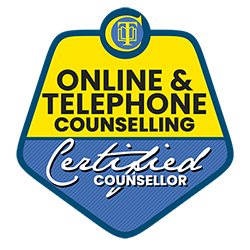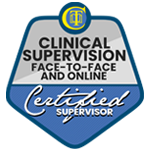What you may want to know about panic attacks part 1; what to do

Let’s just get down to it
Panic attacks aren’t nice; in fact, they can be bloody terrifying. Further more, alot of people experience them. On the counselling directory website, for example, “panic attacks” or “anxiety attacks” are usually in the top three search terms. If you read my earlier blog on triggers, you’ll have a good idea of what triggers are and how they may relate to panic attacks. There are subtle differences between a panic attack and an anxiety attack; however these tools and techniques can be effective for both.
Here are some techniques I offer to clients who experience panic attacks. If you’d like to read more about why and how these techniques work, head over to this blog’s nerdy older brother; part 2; why do this.
What can I do?
Try to alter your body position
Our body position is strongly associated with the emotional and memory circuits in our brain. When our threat response is engaged (fight, flight etc), our body posture changes in relation to this. Our flight/freeze response changes our body position such that we may be sat forward in our seat as if on starting blocks for 100m sprint, or hunched over, self protective, making ourselves small, like a hedgehog.
Try to straighten your spine, and if you’re sat down, see if you can gradually shuffle back in your chair. This can help to break that cycle of: thoughts speed up=body response speeds up=thoughts speed up.
Check on and alter your breathing
Taking slow, deep, diaphragmatic breaths helps us to regulate ourselves. I’ll explain this more in part 2. Breathe in for 5 seconds, and out for 7 seconds, trying to hold your breath for a couple of seconds at the hight of your breath. Once you’re ok with 5/7, move to 7/11, breathing in for 7 seconds and out for 11 seconds. If you’re not in the throws of a panic attack, you can try giving your breath a colour, imagining the breath leaving your body is a colour you don’t particularly like.
Hand on heart
Try placing your hand on your heart, or one hand on your heart and one hand on your stomach. This is a sensorimotor technique called centreing, which uses mindfulness to help us focus on our body.
Ground yourself (further)
In Buddhist philosophy, it’s said that before the foot can feel the foot, the foot must first feel the ground. Grounding is literally feeling the ground beneath our feet, and focusing on this. Push your feet into the ground as if you’re about to get up and focus on the ground beneath you, and notice your back against the chair your sitting in. You can also push your tongue against the roof of your mouth and focus on the tension. Another method is to use a stress ball and focus on the contracting and relaxing of your hand muscles.
Balance
Ever wondered why people find Pilates or yoga relaxing? Raise one foot off the ground and balance on one leg. Seriously. Our sense of balance is seen as a priority by our brain, and focussing on balance helps to distract away from the feelings and sensations which drive a panic attack.
Stretch your muscles and focus on the tenseness/relaxation
Some people (especially those who have suffered chronic trauma) find that slowing down their breath, or altering their body position actually causes more anxiety. In this instance, their body is so used to being in a state of threat response, it’s considered unsafe to feel safe. (Rothschild, R)
- Lock your fingers together, with your palms facing away from you. Push your hands away from your body until you feel it just starting to hurt a little. Notice this. Then count backwards from 30, bringing you hands back towards your body as you do, noticing the change in muscle tension.
OR
- Grasp your left elbow with your right hand, and lift up your elbow. Your left hand should be moving in a clockwise direction. Again, do this just to the point where it hurts, then lower your elbow, counting backwards from 30.
Move your body
When we’re in a state of panic, our brain releases hormones like adrenaline and cortisol to help us to fight or flight. Sometimes it can help to discharge these hormones by some gentle movement as we’re regulating our nervous system. You could try shaking it off (as if you’ve washed your hands and can’t find a towel to dry them on), or running on the spot if you’re sat down; this can give your brain the illusion that you’re satisfying the flight response. You can also try some gentle, non cardio exercise, focussing on the tension and relaxation of your muscles.
Talk to yourself.
Remind yourself that your body is trying to keep you safe, that you are safe, and that it’s just a panic attack; you won’t die. Maybe remind yourself that feelings are not facts. Tell yourself that it’s ok. “Name it to tame it”; name the sensations you experience in, for example, your chest or stomach and what emotion goes along with those sensations.
Orient your-self.
You’ve likely heard of the 5,4,3,2,1 technique. This is where we name 5 things we can see, 4 things we can hear, 3 things we can touch, 2 things we can smell and one thing we can taste. This is known as orienting, as we are orienting to the here and now, engaging our exteroceptors (our external senses). However, It’s not always easy to re-enact “Challenge Anneka” when you’re in the throws of a full blown panic attack, so carry around a favourite smell with you, and focus on that, as well as what you can see, counting objects in the distance.
Self care and self awareness
After a panic attack, care for yourself, and thank that part of you for trying to keep you safe. In other words, remind yourself that you’re not broken, or damaged; you’re human, and your brain is working overtime to protect you. Once you feel calmer, try to write down where you were when you had the panic attack, what might have triggered it (if anything). Was there an early warning sign of your panic attack? Was it a sensation? An emotion? A thought? An image in your mind’s eye? A body movement? A body position? The earlier we can catch a panic attack, the better.
Talk about it to someone you trust. It’s important to remember that there is no “one size fits all” when it comes to what helps us, so we need to experiment with all of this too and practice it when we’re not feeling anxious.
This blog is intended for information and educational purposes only and is not intended to replace professional mental health support including diagnosis and treatment. This blog remains the property of the site author, and any un-authorized copy or publishing is prohibited.



